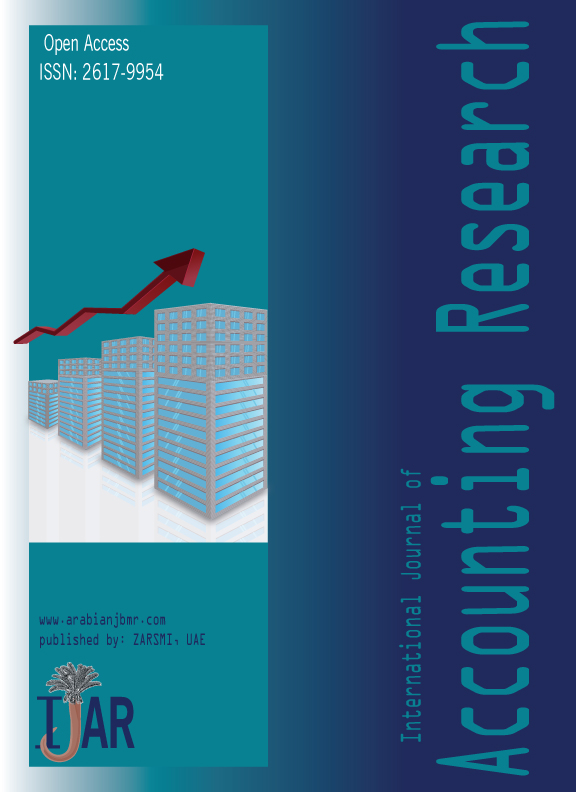STATE GOVERNORS AND REVENUE ALLOCATION FORMULA IN NIGERIA: A CASE OF THE FOURTH REPUBLIC
Abstract
As the Revenue Mobilization, Allocation and Fiscal Commission (RMAFC) prepares to review the country intergovernmental fiscal relations, one begins to wonder if there is, indeed any justification for increased revenue to the states. And on account of very poor performance, justification for the existence of most local councils is a lot more difficult than finding out how much the federal government actually does for the populace. Under the current revenue sharing formula, the federal government takes 52.68 percent, the states 26.72 percent and the local governments, 20.60 percent with 13 percent derivation revenue going to the oil producing states. This paper seeks to examine the pros and cons of a new revenue formula, the desperation for increased revenue from the Governors. It goes on to show with empirical evidences the states’ desperation in their penchant for borrowing from local banks, foreign loans, sale of bond and by flexing their strong political muscles to cause to depletion of the Excess Revenue Account. The paper concludes by positing that the litany of poor socio economic amenities, like health care, educational facilities and potable water, months of unpaid salaries are common features hidden by boastful talk and deceptive propaganda should be used as indices for denying the states any additional revenue.
Downloads
Published
How to Cite
Issue
Section
License
Copyright (c) 2015 Richard Amaechi Onuigbo, Eme,Okechukwu Innocent

This work is licensed under a Creative Commons Attribution 4.0 International License.





